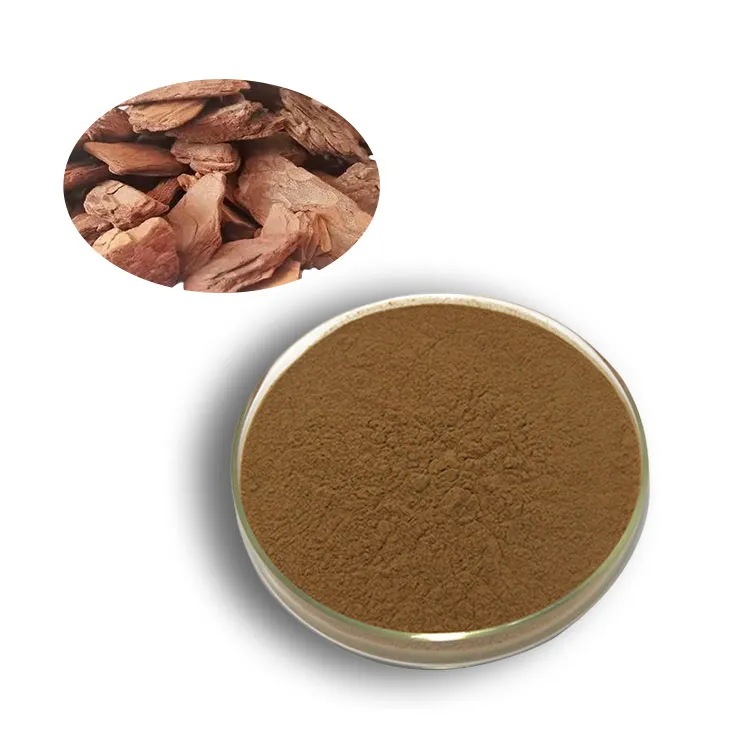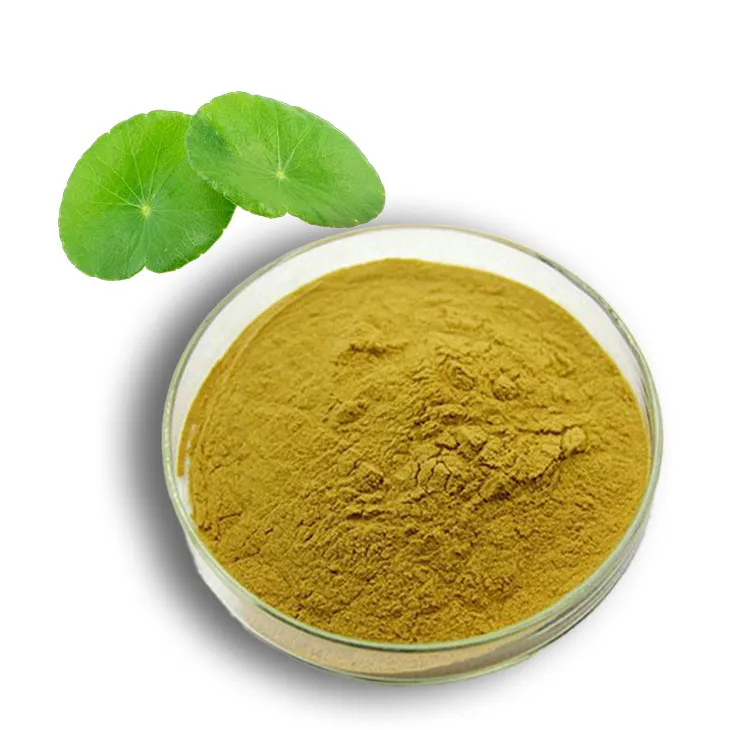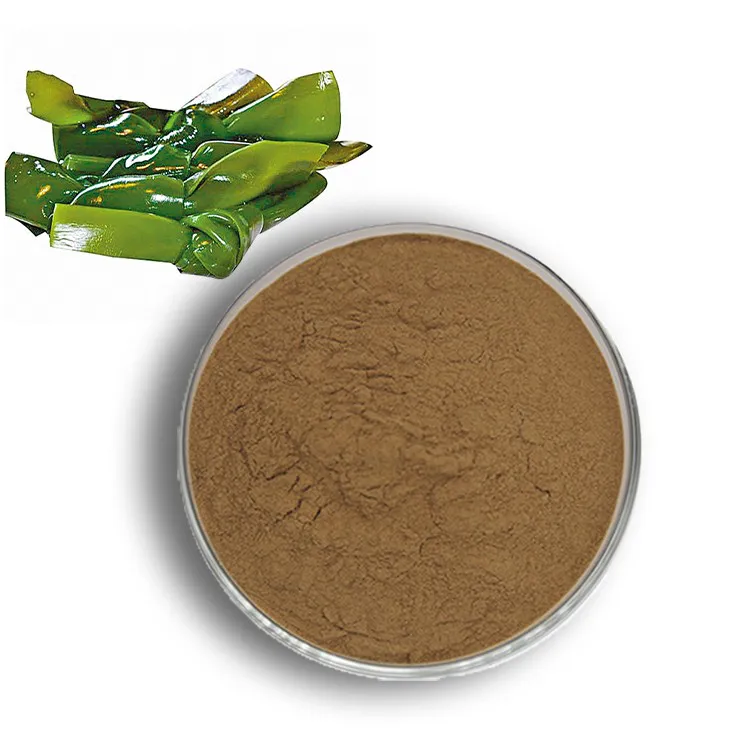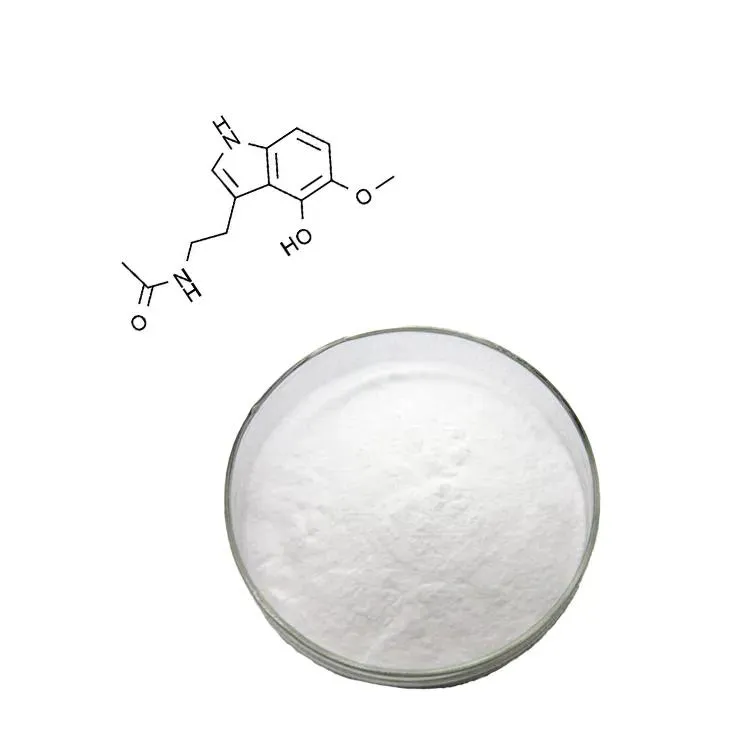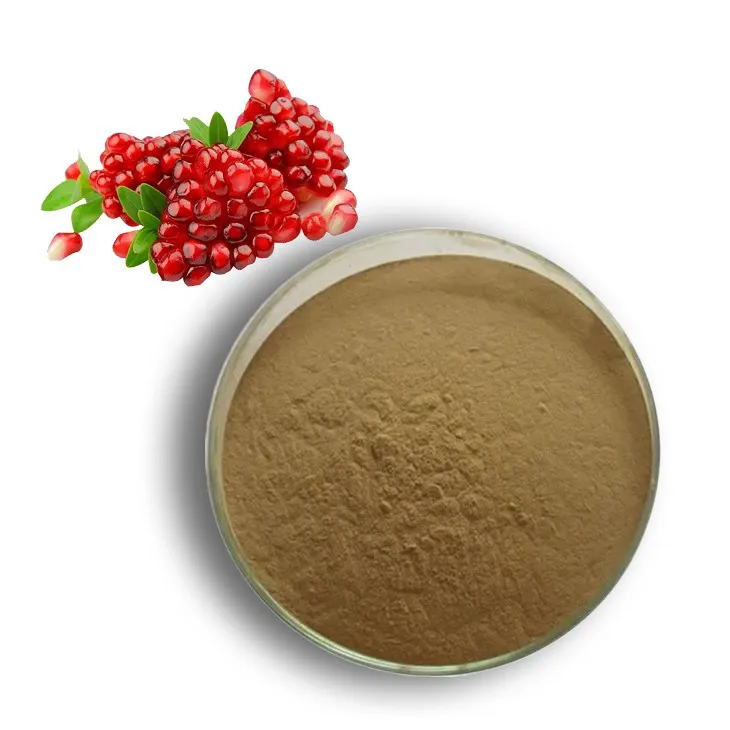- 0086-571-85302990
- sales@greenskybio.com
lycopene biosynthesis pathway
2023-09-27
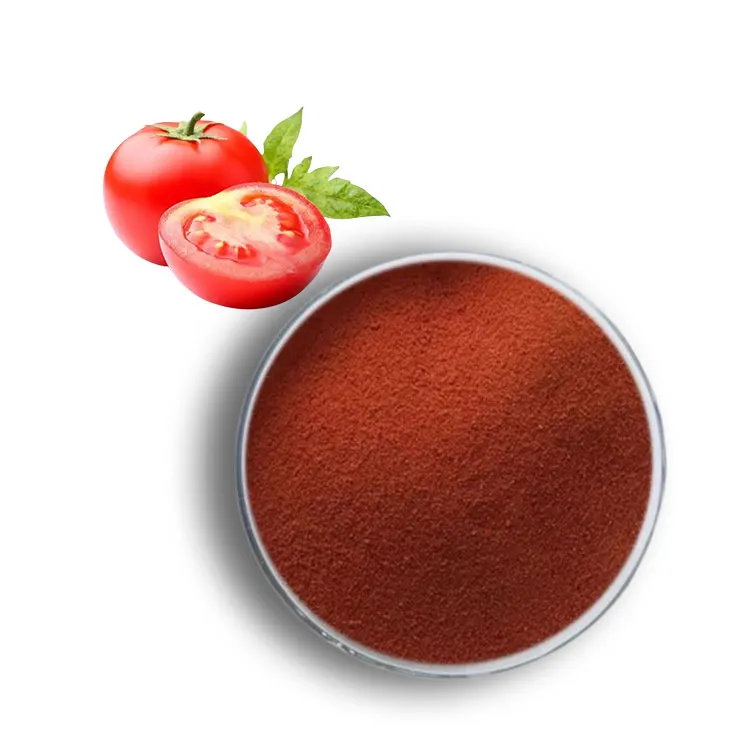
1. Importance of Lycopene in Human Health
1. Importance of Lycopene in Human Health
Lycopene, a powerful carotenoid found predominantly in red fruits and vegetables, has garnered significant attention for its potential health benefits. It is one of the most potent antioxidants known, with the ability to neutralize free radicals and reduce oxidative stress within the body. This section will explore the importance of lycopene in maintaining and promoting human health.
Antioxidant Properties:
Lycopene's antioxidant properties are crucial in protecting cells from damage caused by reactive oxygen species (ROS). By scavenging these harmful molecules, lycopene helps to prevent cellular damage that can lead to chronic diseases and the aging process.
Cardiovascular Health:
Research has linked lycopene intake to a reduced risk of cardiovascular diseases. It is believed to help lower bad cholesterol levels, reduce blood pressure, and improve blood vessel function, thereby decreasing the risk of heart attacks and strokes.
Cancer Prevention:
The antioxidant and anti-inflammatory effects of lycopene have been associated with a lower risk of certain types of cancer, particularly prostate, lung, and stomach cancers. Lycopene's ability to interfere with the growth and spread of cancer cells makes it a promising agent in cancer prevention and treatment.
Skin Health:
Lycopene's photoprotective properties can protect the skin from harmful UV radiation, reducing the risk of sunburn and skin damage. It also helps in maintaining skin elasticity and reducing the appearance of wrinkles, promoting a youthful complexion.
Bone Health:
Some studies suggest that lycopene may contribute to bone health by improving bone mineral density, which can help prevent osteoporosis and other bone-related disorders.
Eye Health:
Lycopene is also beneficial for eye health, as it is a component of the macula, the part of the retina responsible for sharp central vision. It may help protect against age-related macular degeneration and cataracts.
Immune System Support:
Lycopene has been shown to support the immune system by enhancing the body's natural defenses against infections and diseases.
Neuroprotection:
Emerging research indicates that lycopene may have neuroprotective effects, potentially reducing the risk of neurodegenerative diseases such as Alzheimer's and Parkinson's.
In conclusion, the importance of lycopene in human health cannot be overstated. Its diverse range of health benefits, from cardiovascular support to cancer prevention, underscores the value of incorporating lycopene-rich foods into a balanced diet. As research continues to uncover more about this remarkable compound, it is likely that our understanding of its role in health will only deepen.
2. Natural Sources of Lycopene
2. Natural Sources of Lycopene
Lycopene, a potent antioxidant and a key member of the carotenoid family, is naturally found in a variety of fruits and vegetables. Its vibrant red color is a distinctive marker of its presence in these natural sources. Here, we explore the primary dietary sources of lycopene and their nutritional significance.
Tomatoes and Tomato Products:
Tomatoes are the most well-known and richest dietary source of lycopene. The concentration of lycopene in tomatoes can vary depending on factors such as variety, ripeness, and cultivation conditions. Processed tomato products like tomato sauce, paste, and ketchup also contain significant amounts of lycopene, which can be more bioavailable due to processing techniques that break down cell walls and release the lycopene.
Watermelon:
Watermelon is another significant source of lycopene, particularly in its pink flesh. The high water content of watermelon makes it a refreshing and hydrating way to consume this beneficial compound. Lycopene in watermelon is also more bioavailable when the fruit is consumed fresh, as opposed to in processed forms.
Grapefruit:
Red-fleshed grapefruits, especially the variety known as 'pink' or 'ruby' grapefruit, contain appreciable amounts of lycopene. The presence of this carotenoid contributes to the fruit's pink hue and provides a range of health benefits.
Guava:
Guavas, particularly those with a red or pink flesh, are a good source of lycopene. They are rich in vitamins and minerals, making them a nutritious addition to a balanced diet.
Paprika:
Paprika, a spice made from ground, dried fruits of bell peppers, contains lycopene. The concentration of lycopene in paprika can be quite high, especially in varieties where the peppers are allowed to ripen fully before being processed.
Other Sources:
While not as rich in lycopene as the sources mentioned above, other foods such as apricots, pink grapefruit, and some types of berries also contribute to the dietary intake of lycopene.
The consumption of lycopene from these natural sources is associated with a range of health benefits, including the reduction of oxidative stress, support for cardiovascular health, and potential anti-cancer properties. It is important to note that cooking and processing can affect the bioavailability of lycopene, with some methods increasing its accessibility to the body while others may decrease it. Incorporating a variety of these lycopene-rich foods into a diet can help ensure an adequate intake of this beneficial compound.
3. The Biochemical Pathway of Lycopene Biosynthesis
3. The Biochemical Pathway of Lycopene Biosynthesis
The biochemical pathway of lycopene biosynthesis is a complex and well-regulated process that occurs in plants, algae, and certain bacteria. This pathway is part of the larger isoprenoid biosynthesis, which includes the production of various carotenoids, steroids, and other important compounds. Lycopene, a red carotenoid pigment, is synthesized through the following key steps:
1. Formation of Isopentenyl Diphosphate (IPP) and Dimethylallyl Diphosphate (DMAPP):
The first step in the biosynthesis of lycopene is the formation of the universal precursors, isopentenyl diphosphate (IPP) and dimethylallyl diphosphate (DMAPP). These precursors are synthesized through two distinct pathways: the mevalonate pathway in the cytoplasm and the methylerythritol phosphate (MEP) pathway in the plastids.
2. Condensation of IPP and DMAPP to Form Geranylgeranyl Diphosphate (GGPP):
Once IPP and DMAPP are formed, they are condensed by the enzyme geranylgeranyl diphosphate synthase to form geranylgeranyl diphosphate (GGPP), which is a 15-carbon compound that serves as the direct precursor for lycopene.
3. Formation of Phytoene:
The next step involves the condensation of two molecules of GGPP by the enzyme phytoene synthase. This reaction results in the formation of the first carotenoid in the pathway, phytoene, which is a colorless compound with 40 carbon atoms.
4. Desaturation to Form Neurosporene and Lycopene:
Phytoene is then desaturated by the enzyme phytoene desaturase, which introduces double bonds into the molecule, resulting in the formation of colored carotenoids. This process is repeated twice, first forming neurosporene and then lycopene. Each desaturation step introduces two additional conjugated double bonds.
5. Cyclization to Form Lycopene:
The final step in lycopene biosynthesis is the cyclization of the molecule at both ends by the enzyme lycopene cyclase. This results in the formation of the characteristic beta-rings that give lycopene its red color and unique molecular structure.
Regulation of the Pathway:
The biosynthesis of lycopene is tightly regulated at multiple levels, including gene expression, enzyme activity, and feedback inhibition. For example, the production of lycopene can be upregulated in response to environmental stresses such as high light intensity, which can lead to the formation of reactive oxygen species that lycopene helps to quench.
Genetic and Biochemical Diversity:
Different organisms may have variations in the enzymes involved in the lycopene biosynthesis pathway, leading to differences in efficiency and the potential for the production of different carotenoid structures. Understanding these variations can be crucial for genetic engineering efforts aimed at enhancing lycopene production.
In summary, the biochemical pathway of lycopene biosynthesis is a multi-step process that involves the synthesis of precursors, the formation of phytoene, and a series of desaturation and cyclization reactions. This pathway is essential for the production of lycopene, which has significant implications for human health and industrial applications.
4. Genetic Engineering for Enhanced Lycopene Production
4. Genetic Engineering for Enhanced Lycopene Production
The quest for higher lycopene yields in plants and microorganisms has led to the exploration of genetic engineering techniques. This section delves into the various strategies employed to enhance lycopene production through genetic manipulation.
4.1 Overexpression of Key Enzymes
One of the primary approaches in genetic engineering for lycopene biosynthesis is the overexpression of key enzymes involved in the pathway. The genes encoding for these enzymes, such as phytoene synthase, phytoene desaturase, and lycopene cyclase, have been identified and targeted for overexpression in various host organisms. This has resulted in plants and microorganisms with increased capacity for lycopene synthesis.
4.2 Metabolic Engineering
Metabolic engineering involves the modification of metabolic pathways to optimize the production of a desired compound. In the context of lycopene, this can include redirecting the flux of precursors towards the carotenoid pathway, enhancing the availability of isoprenoid precursors, and reducing the consumption of lycopene by downstream pathways.
4.3 RNA Interference (RNAi)
RNA interference is a technique used to silence specific genes that may be limiting lycopene production. By using RNAi to suppress the expression of genes involved in competing pathways or those that degrade lycopene, researchers can increase the accumulation of lycopene in engineered organisms.
4.4 CRISPR/Cas9 System
The CRISPR/Cas9 system has revolutionized genetic engineering by providing a precise and efficient tool for genome editing. This system has been employed to edit genes related to lycopene biosynthesis, enabling researchers to create specific mutations that enhance lycopene production.
4.5 Synthetic Biology
Synthetic biology is an emerging field that combines genetic engineering with systems biology to design and construct new biological systems. In the case of lycopene, synthetic biology can be used to design novel metabolic pathways or regulatory networks that optimize lycopene production.
4.6 Heterologous Expression Systems
The use of heterologous expression systems involves introducing the genes for lycopene biosynthesis into organisms that are not naturally capable of producing it. This approach has been used to produce lycopene in microorganisms like E. coli and yeast, which can be more easily controlled and scaled up for industrial production.
4.7 Challenges in Genetic Engineering
Despite the advances in genetic engineering, there are still challenges to overcome. These include ensuring the stability of the introduced genes, managing the metabolic burden on the host organism, and addressing any potential biosafety and environmental concerns.
4.8 Regulatory Considerations
The development of genetically engineered organisms for lycopene production must also consider regulatory frameworks that govern the release and commercialization of such organisms. This includes assessing the potential impact on the environment and human health.
In conclusion, genetic engineering holds great promise for enhancing lycopene production. By manipulating the genes and pathways involved in lycopene biosynthesis, scientists can create organisms with increased lycopene yields, which can then be harnessed for various industrial and nutritional applications. However, it is crucial to address the technical, regulatory, and ethical challenges associated with this technology to ensure its safe and sustainable use.
5. Industrial Applications of Lycopene
5. Industrial Applications of Lycopene
Lycopene, a potent antioxidant and carotenoid, has found its way into various industrial applications due to its health benefits and unique properties. Here's an overview of some of the key industrial uses of lycopene:
Nutritional Supplements:
One of the primary applications of lycopene is in the nutritional supplement industry. Lycopene supplements are marketed for their potential to support cardiovascular health, improve skin health, and reduce the risk of certain types of cancer.
Cosmetics and Skincare:
Lycopene's antioxidant properties make it a valuable ingredient in the cosmetics and skincare industries. It is used in anti-aging creams, sunscreens, and other products designed to protect and rejuvenate the skin.
Food and Beverage Industry:
Lycopene is used as a natural colorant in the food and beverage industry. Its strong red color makes it an ideal choice for coloring tomato-based products, sauces, and other food items. It is also used in beverages to provide a vibrant red hue.
Pharmaceutical Industry:
In the pharmaceutical sector, lycopene is used in the development of drugs for various health conditions. Its antioxidant and anti-inflammatory properties are being explored for potential treatments in areas such as cardiovascular diseases and cancer.
Agriculture:
Lycopene can also be used in agriculture to improve crop yield and quality. Genetically engineered plants with enhanced lycopene production can be more resistant to diseases and environmental stress, leading to better crop performance.
Animal Feed:
In animal feed, lycopene is used to improve the health and productivity of livestock. It can be added to feed to enhance the color of meat and eggs, as well as to provide health benefits to the animals.
Environmental Applications:
Lycopene's antioxidant properties can be harnessed for environmental applications, such as in the development of biodegradable plastics or in pollution control technologies.
Research and Development:
The industrial applications of lycopene continue to expand as new research uncovers its potential uses. The ongoing development of new technologies and products that incorporate lycopene is a testament to its versatility and importance in various industries.
In conclusion, the industrial applications of lycopene are diverse and growing. As our understanding of its health benefits and properties deepens, it is likely that we will see even more innovative uses for this valuable compound in the future.
6. Future Research Directions and Challenges
6. Future Research Directions and Challenges
The future of lycopene research holds great promise, with numerous opportunities for expanding our understanding of its biosynthesis and enhancing its production and applications. Here are some potential research directions and challenges that lie ahead:
1. Elucidation of Regulatory Mechanisms:
A deeper understanding of the regulatory mechanisms controlling lycopene biosynthesis is crucial. This includes the identification of transcription factors, epigenetic modifications, and post-translational modifications that influence the expression of genes involved in the pathway.
2. Metabolic Engineering for Yield Improvement:
While genetic engineering has made strides in enhancing lycopene production, there is still room for improvement. Future research could focus on optimizing metabolic flux towards the carotenoid pathway, reducing the formation of by-products, and overcoming metabolic bottlenecks.
3. Exploring Novel Sources of Lycopene:
Although lycopene is abundant in certain fruits and vegetables, discovering new sources, especially those with higher concentrations or more bioavailable forms of lycopene, could broaden its availability and reduce the cost of production.
4. Enhancing Bioavailability:
Research into improving the bioavailability of lycopene from dietary sources is essential. This could involve studying the effects of food processing, cooking methods, and dietary components that enhance lycopene absorption.
5. Development of Lycopene-Rich Functional Foods:
The development of functional foods enriched with lycopene could provide a convenient way for consumers to increase their intake of this beneficial compound. Research in this area could focus on the formulation, stability, and sensory properties of such products.
6. Environmental and Agricultural Factors:
Investigating how environmental and agricultural practices affect lycopene content in plants could lead to optimized cultivation techniques that enhance natural production.
7. Role of Lycopene in Disease Prevention and Treatment:
Further clinical studies are needed to establish the role of lycopene in the prevention and treatment of various diseases, including cardiovascular diseases, cancers, and age-related macular degeneration.
8. Nanotechnology and Delivery Systems:
The application of nanotechnology in the encapsulation and delivery of lycopene could improve its stability, bioavailability, and targeted delivery to specific tissues or organs.
9. Sustainability and Eco-friendly Production:
Research into sustainable and eco-friendly methods of lycopene production, such as using microalgae or engineered yeast, is essential to minimize the environmental impact of large-scale production.
10. Addressing Public Health and Nutritional Disparities:
Understanding the role of lycopene in public health, particularly in communities with nutritional disparities, could inform policies and interventions aimed at improving health outcomes.
11. Regulatory and Safety Considerations:
As lycopene becomes more widely used in food products and supplements, research into its safety profile and regulatory requirements will be necessary to ensure consumer protection.
12. Interdisciplinary Approaches:
Encouraging interdisciplinary collaboration between biologists, chemists, engineers, and nutritionists can lead to innovative solutions and a more comprehensive understanding of lycopene's role in health and industry.
The challenges in lycopene research are multifaceted, requiring a combination of basic science, applied research, and translational studies. By addressing these challenges, the scientific community can unlock the full potential of lycopene for human health and industrial applications.
7. Conclusion
7. Conclusion
In conclusion, lycopene is a vital carotenoid with significant implications for human health, offering a range of health benefits including antioxidant properties, anti-inflammatory effects, and potential in the prevention of chronic diseases such as cardiovascular diseases and certain types of cancer. The natural sources of lycopene, predominantly found in red fruits and vegetables, provide a dietary means to incorporate this beneficial compound into our daily lives.
Understanding the biochemical pathway of lycopene biosynthesis is crucial for both its natural production in plants and its enhancement through genetic engineering. The pathway involves multiple enzymatic steps, starting from the isoprenoid precursors and culminating in the formation of lycopene. Advances in genetic engineering have allowed for the development of plants and microorganisms with increased lycopene content, which can be a sustainable and efficient way to meet the growing demand for this compound.
The industrial applications of lycopene are diverse, spanning from food and beverage industries to pharmaceuticals and cosmetics. Its use as a natural colorant, as well as its health-promoting properties, makes it a valuable ingredient in various products.
Looking ahead, future research directions should focus on overcoming the current challenges in lycopene production, such as improving yield and bioavailability, and reducing the environmental impact of industrial processes. Additionally, further studies on the specific health benefits of lycopene and its optimal dosages will be essential to maximize its potential in healthcare and wellness.
As our understanding of lycopene and its biosynthesis pathway deepens, so too will our ability to harness this powerful compound for the betterment of human health and the advancement of sustainable industrial practices. The continued exploration of lycopene's potential will undoubtedly contribute to a healthier and more vibrant future.
- ▶ Hesperidin
- ▶ citrus bioflavonoids
- ▶ plant extract
- ▶ lycopene
- ▶ Diosmin
- ▶ Grape seed extract
- ▶ Sea buckthorn Juice Powder
- ▶ Beetroot powder
- ▶ Hops Extract
- ▶ Artichoke Extract
- ▶ Reishi mushroom extract
- ▶ Astaxanthin
- ▶ Green Tea Extract
- ▶ Curcumin Extract
- ▶ Horse Chestnut Extract
- ▶ Other Problems
- ▶ Boswellia Serrata Extract
- ▶ Resveratrol Extract
- ▶ Marigold Extract
- ▶ Grape Leaf Extract
- ▶ blog3
- ▶ Aminolevulinic acid
- ▶ Cranberry Extract
- ▶ Red Yeast Rice
- ▶ Red Wine Extract
-
Pine bark Extract Powder
2023-09-27
-
Curcumin Extract
2023-09-27
-
Centella Asiatica Extract
2023-09-27
-
Tormentil Extract
2023-09-27
-
Buckthorn bark extract
2023-09-27
-
Kelp Extract Powder
2023-09-27
-
Giant Knotweed Extract
2023-09-27
-
Bilberry Extract
2023-09-27
-
melatonin extract
2023-09-27
-
Pomegranate Extract
2023-09-27











